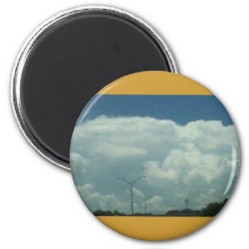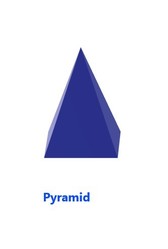The S.T.E.M. subjects (science, technology, engineering, and math) offer opportunities in our current society. These subjects can be extremely interesting, but fear of them often dissuades students from going into one of them. So, what can engender an interest, and can a parent or teacher help promote such an interest?
There are several ways of engendering an interest in one of these subjects.
First, even science has two parts, a qualitative understanding and a quantitative understanding. The second requires math, which varies depending on the field. The first involves understanding of the concepts. It is the qualitative understanding that can fun, and when something is fun it can bring out an interest. In the formative process keep things fascinating and pique the interest with enjoyment of discovery.
Another way of developing an interest in a S.T.E.M. subject is fulfilling a purpose. An environmentally conscious person might seek fulfillment in alternate energy sources. A humanitarian might seek fulfillment in medical technology. There are many medical positions for laboratory technicians that do not require becoming a doctor whereby a person can contribute to the health of the population. Reaching a goal if that involves contributing to the solution of a problem might well be enough to spark an interest.



























 Multivariable Calculus: Gradient, Divergence, and Curl18 days ago
Multivariable Calculus: Gradient, Divergence, and Curl18 days ago
 UAPs, Formerly UFOs, If They Are Real How Can We Explain Their Arrival to Earth?19 days ago
UAPs, Formerly UFOs, If They Are Real How Can We Explain Their Arrival to Earth?19 days ago
 Polar Coordinate System21 days ago
Polar Coordinate System21 days ago
 Aurora Can Disrupt Electrical Devices And Even the Grid?22 days ago
Aurora Can Disrupt Electrical Devices And Even the Grid?22 days ago



Comments
Yes, it is a very interesting and exciting group of study possibilities. I recall when I was in high school attending a seminar for students, and the university professor told us he loved science because he got paid to play with toys. Lab equipment is our toys, for those of us in STEM.
S.T.E.M. is a marvelous program and one in great need of support. Both of my daughters are well educated and STEM was a big part of that. I remember in elementary, when they were focused greatly on world cultures and foreign language, they complained there was not enough math and science, both girls love science. I worked to have them enrolled in the advanced S.T.E.M program and they thrived well. My oldest is now working on a research team at The Ohio State University Wexner Cancer and Genetics Research Team. A good science and math program is a must in early education as a stepping stone to bigger and more exciting learning.
It is more than a hobby, I have two Masters degrees, one in applied physics and one in math. The fun of sixty years ago evolved into a profession. Yes, it is still fun.
blackspanielgallery, Thank you for the practicalities and the products. Do you have STEM-related hobbies? If so, is there an overlap between the fun aspects and your chosen field?